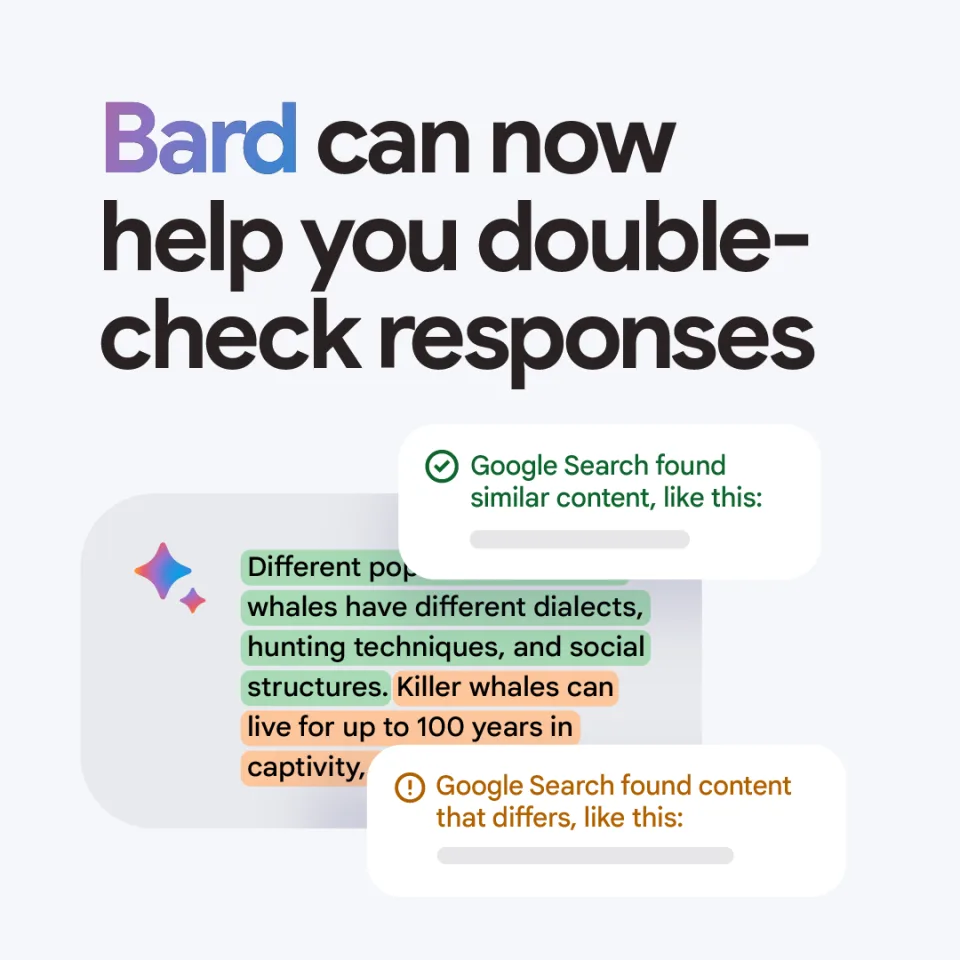The artificial intelligence service “Bard” can be integrated with more Google products
Google has announced a further enhancement to the capabilities of its artificial intelligence service, “Bard”. This upgrade facilitates a deeper integration with Google applications. For instance, users can now upload images via Google Lens, and the search results will display pertinent images, accompanied by responses from “Bard”.

At present, “Bard” is set to interface with a host of services, including Gmail, Google Docs, Google Drive, Google Maps, YouTube, and Google Flight. However, initial support is exclusively for the English interface, though it is anticipated that support for additional languages will soon be introduced.
From a functionality standpoint, users can now employ “Bard” through natural language prompts to assist in organizing or generating data. For example, when planning a trip to the Grand Canyon National Park, “Bard” can analyze the availability of traveling companions, suggesting suitable flight schedules and hotel accommodations. Furthermore, it can plot a route to the airport and recommend related YouTube videos highlighting local attractions. “Bard” can also assist in retrieving previously used resumes, tailoring them to align with the user’s current career trajectory.
Furthermore, Google underscores that the data accessed by “Bard” will not be utilized for advertising purposes nor contribute to the subsequent training of “Bard”. No manual review of user data stored in Gmail, Google Docs, or Google Drive will occur.

In terms of responses provided by “Bard”, users can verify content accuracy through Google Search. Yet, as with the other features, initial support is for the English version, with other languages to be introduced later. Concerning links to dialogues shared with “Bard”, users can continue interacting with “Bard” on the same topic, but this feature, too, currently supports only the English interface.
Google elaborates that “Bard” operates on their most potent AI model to date, the PaLM 2, and is trained using advanced reinforcement learning techniques. Presently, it supports over 40 languages, including English, Japanese, and Traditional Chinese, with ongoing training expected to refine “Bard’s” interactive responses.






